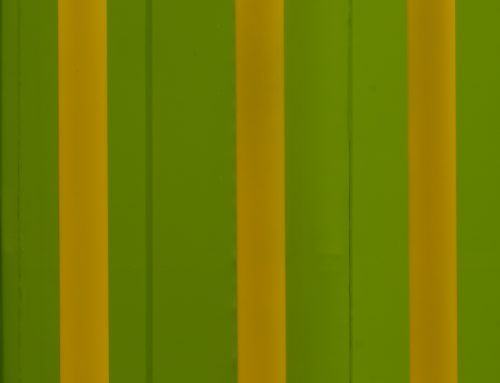Jack’s Workshop Schedule
2015 Workshop Registration Form
Jack’s Website | Ultimate Iceland
Fuji X Photo Workshops
CRITIQUING IMAGES ©Jack Graham
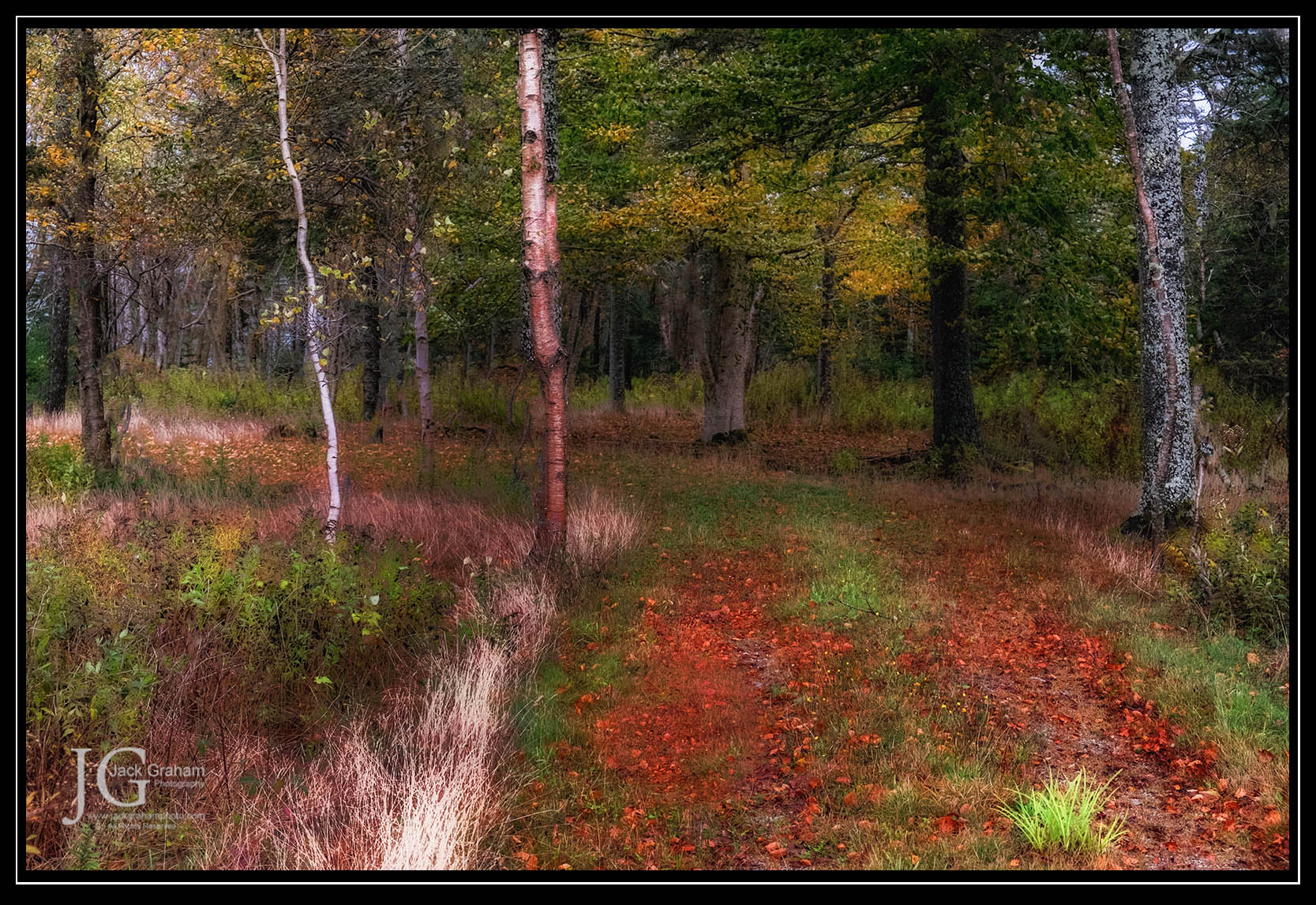 Having our work critiqued in order to know where we stand in terms of photographic development and how our viewers respond to our images is an integral part of developing our style and vision.
Having our work critiqued in order to know where we stand in terms of photographic development and how our viewers respond to our images is an integral part of developing our style and vision.
An image critique is certainly not about me or my knowledge of photography. It is about my workshop attendees, or others work. My goal is to help another photographer improve his or her work. Reviewing and critiquing images is an integral part of my teaching.
An image critique can take place in many contexts. These critiques are always part of my photography workshops, are an important part of each workshop and should be equally important to the attendee. These critiques are always meant to be constructive, not destructive. For my purposes this discussion will be based upon landscape, macro, wildlife and photo art photography as opposed to portrait and “people” based photography, which I do not feel I am equipped to critique images.
There are two ways teachers critique images. They can make the attendee “feel good” and create a warm and “fuzzy feeling” or be honest and deliver information that will make each student gain invaluable input as well as deliver this information to the other students as well. I choose the latter.
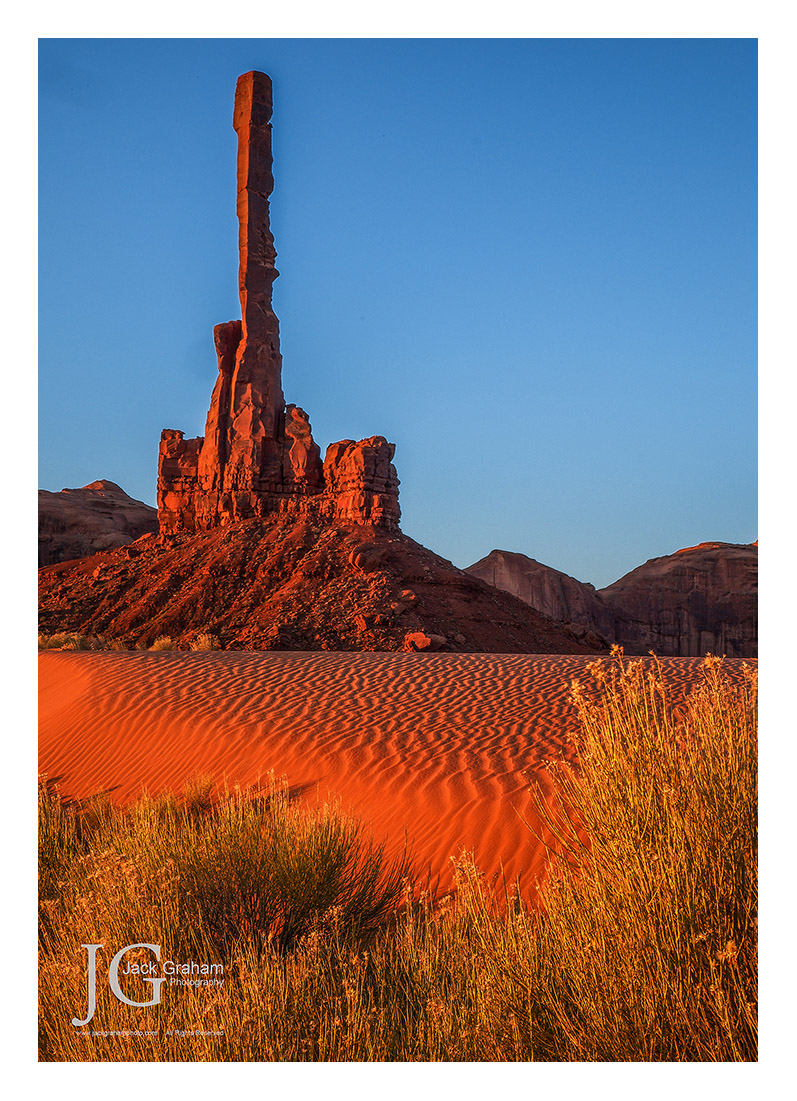 First and foremost, critiquing an image is not criticizing the image. Criticizing an image is destructive while critiquing an image is productive. When critiquing an image I look for strong points, subject, what works and what doesn’t as well as the weak points of the image. When one criticizes an image a certain amount of personal feeling is involved, which is destructive.
First and foremost, critiquing an image is not criticizing the image. Criticizing an image is destructive while critiquing an image is productive. When critiquing an image I look for strong points, subject, what works and what doesn’t as well as the weak points of the image. When one criticizes an image a certain amount of personal feeling is involved, which is destructive.
When critiquing an image I always take into account composition, technical aspects, the feeling that is evoked, etc. A good review covers those items along with the esthetic and artistic nuances of the image.
I always try to address the technical and artistic aspects separately. Technical aspects include exposure, focus, depth of field, sharpness, exposure, how you processed the image if applicable, cropping, and more.
Artistic aspects includes composition, how you used color or B & W, is the light good , is there some personal style in the image and more.
My review of an image is based on facts, not my personal opinions. For example I might say “This image is dark. I see you compensated minus 2/3’s of a stop. Perhaps no composition was needed here.” This is based on fact and if the photographer wanted to create a brighter, more acceptable image and didn’t, then there is something wrong with the image itself.
An example of an opinion-based critique is: ‘I don’t like the sky in this image so you might want to leave it out.” Perhaps the sky meant more to the photographer than to me, so this is a personal decision. I’ll always preface these comments with “In my opinion.” Personal taste of the photographer is important.
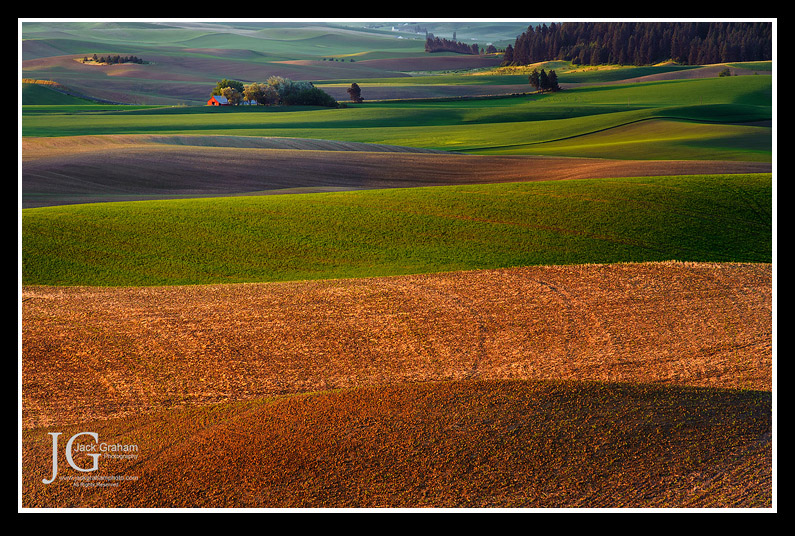 I always stress what works and what doesn’t both technically and artistically. Further I critique the work of a beginning photographer differently than that of a seasoned shooter. I take each attendee differently based on skill level. My goal is to use these critique sessions as a growth session for each attendee while offering ideas on how each person can take my input to go to the next level.
I always stress what works and what doesn’t both technically and artistically. Further I critique the work of a beginning photographer differently than that of a seasoned shooter. I take each attendee differently based on skill level. My goal is to use these critique sessions as a growth session for each attendee while offering ideas on how each person can take my input to go to the next level.
It helps if the attendees respond to criticism in a positive manner. Not all do.
Most of the time, one problem or conflict stands out more than others. I will always address that first. Most of the time there is something positive about the photograph. I always try to stress that. If not, I’ll be honest and say so. By pointing out the good parts of the image, the magnitude of the bad aspects are a bit less painful to absorb. I always try to offer constructive criticism and not discourage the photographer totally. For example, I might say ”There is a conflict with lines and too much negative space in this image, however you really nailed the sharpness, exposure and depth of field wonderfully.” These are facts. I’ll then go on to offer a solution to the problems I see in the image and how to correct them.
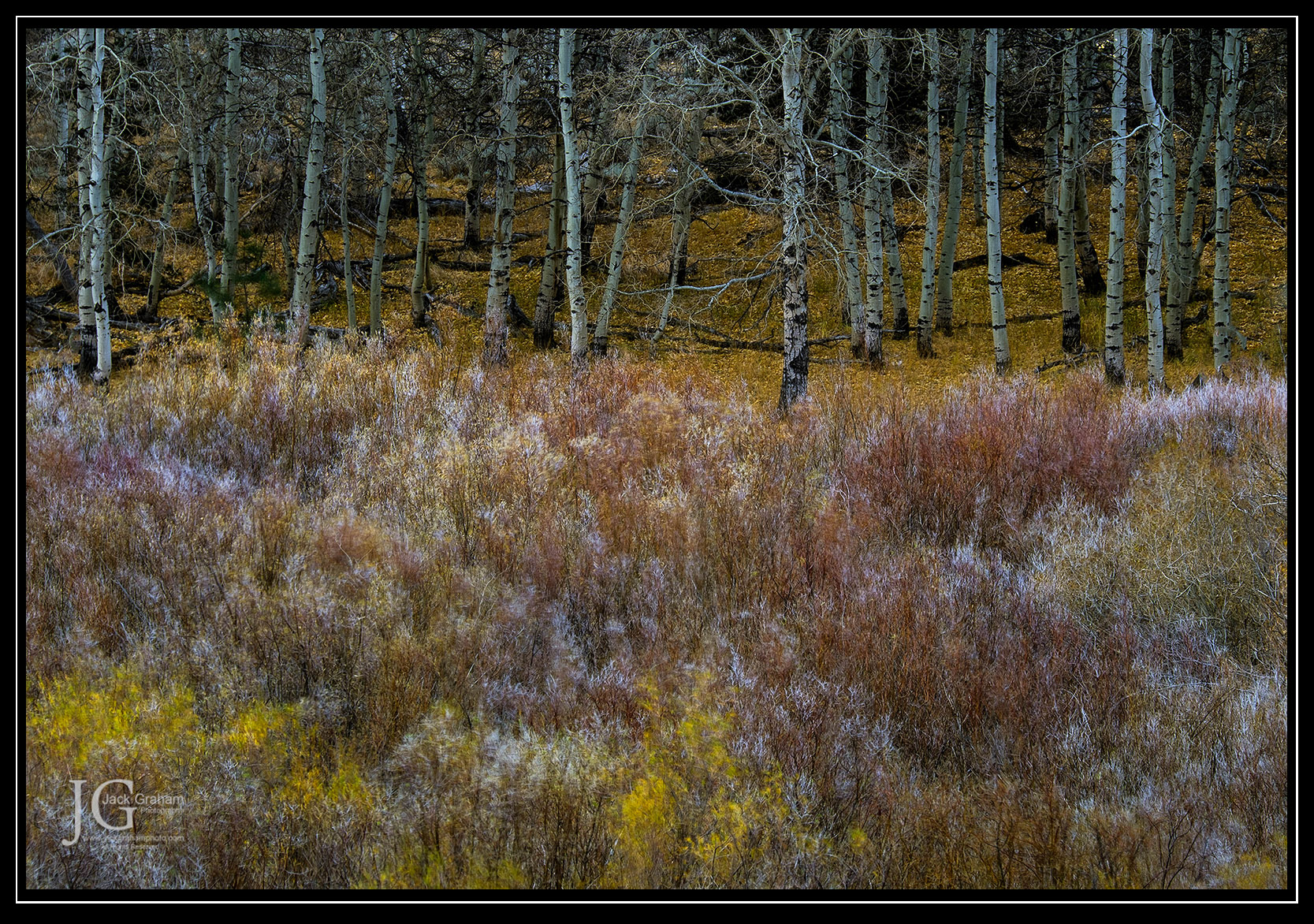 Over many years of critiquing images I have found that negative comments are more powerful than positive comments and linger on much longer. Again I’ll offer solutions to the problems I see. Not all attendees take criticism the same. Some have their confidence and their self-esteem hurt. By trying to balance the positive aspects with the negative aspects I hope to provide a balance that serves everyone better. Remember, few images are totally bad.
Over many years of critiquing images I have found that negative comments are more powerful than positive comments and linger on much longer. Again I’ll offer solutions to the problems I see. Not all attendees take criticism the same. Some have their confidence and their self-esteem hurt. By trying to balance the positive aspects with the negative aspects I hope to provide a balance that serves everyone better. Remember, few images are totally bad.
I also offer my time at a future date to do another review either by phone or Skype. This is a good way to see if the attendee is progressing.
STYLE and VISION
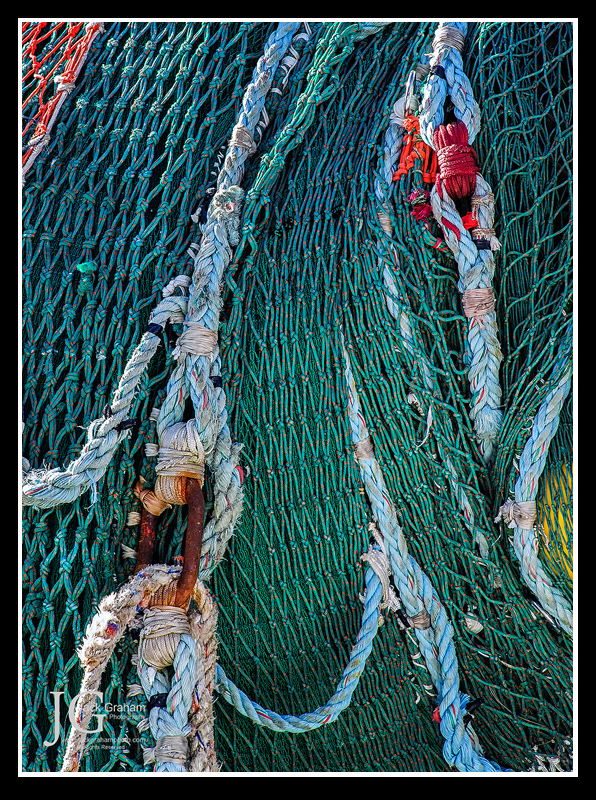 When reviewing images I emphasis the importance of developing your style and your vision.
When reviewing images I emphasis the importance of developing your style and your vision.
Developing vision and style does not just form. It is a process that can take many years. It should not take a lifetime either. Vision and style must be apparent to your viewers, not just to you. When I hear Miles Davis play one line of music I know it’s him. This is the highest compliment one can be paid. If your viewers cannot see vision and style in your images, it is simply not there and your images are just another bunch of pretty pictures among millions of others.
BEWARE of the INTERNET. Is feedback on images you post on Facebook valuable? More often not for a lot of reasons. As a photographer you need and want to get noticed. How do you do that? Get good at what you do. Don’t worry about how many “likes” you get on Facebook. You need to be more than just another photographer in an ocean of photographers in today’s world. Work to develop a personal style and vision. Technique and processing trickery is not enough to get by on.



